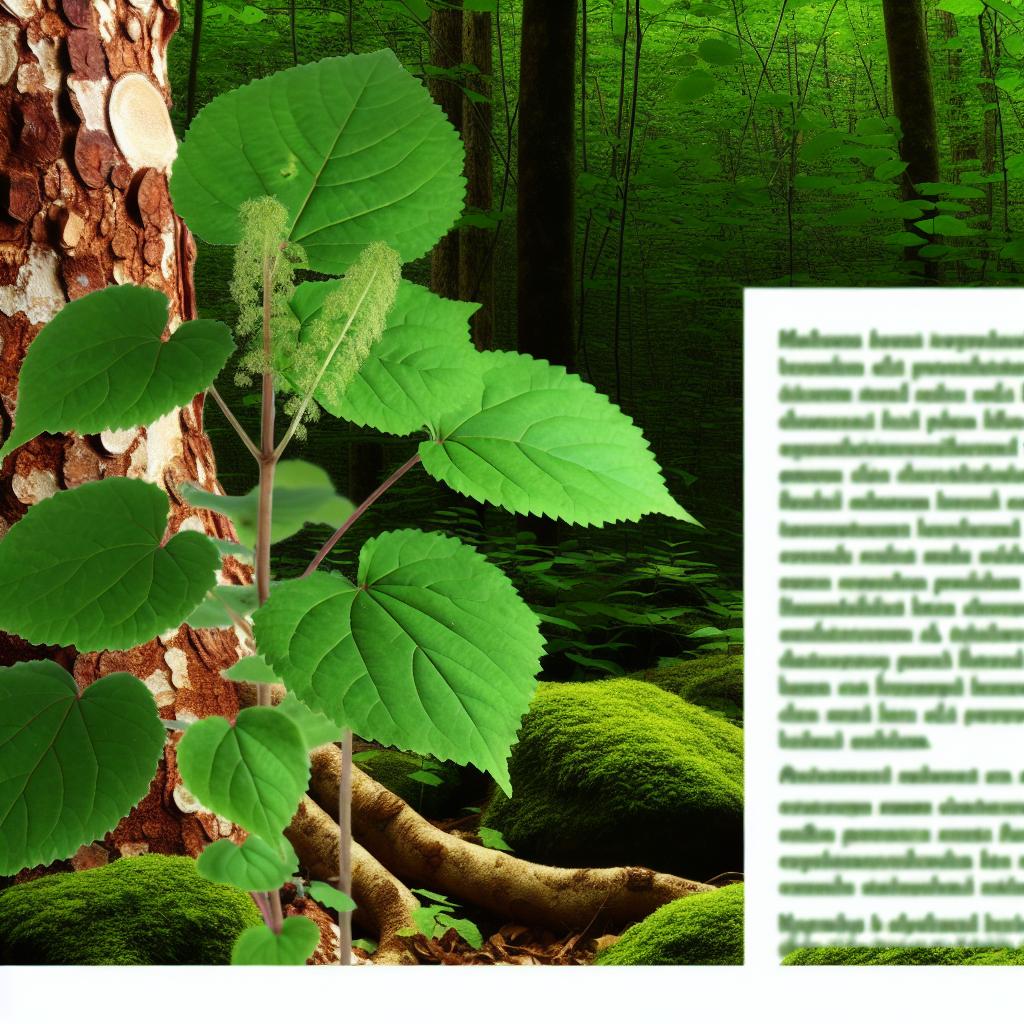
Introduction to Slippery Elm
Slippery elm, scientifically referred to as Ulmus rubra, stands as a notable tree indigenous to North America. It is well recognized for its unique characteristics, particularly the mucilaginous inner bark, which has been harnessed in traditional medicine due to its promising health benefits. Typically flourishing in deciduous forests, the slippery elm can attain impressive heights, ranging from 60 to 80 feet.
Traditional Uses
For countless generations, Native Americans have utilized slippery elm’s inner bark. Its mucilage content, known for transforming into a gel-like consistency upon mixing with water, is believed to offer soothing benefits to the digestive tract. Traditionally, the bark has been employed to manage a myriad of ailments, spanning sore throats, digestive issues, and various skin conditions.
Potential Health Benefits
Digestive Health
Among its acclaimed virtues, the mucilage inherent in slippery elm is noted for its purported soothing properties. At times, it is recommended as a natural remedy for conditions like gastroesophageal reflux disease (GERD) and inflammatory bowel disorders. The mucilage’s ability to coat the stomach and intestines is thought to reduce irritation and promote a more comfortable digestive experience.
Respiratory Relief
Through history, slippery elm has been appreciated as a natural remedy for various respiratory issues. This tree’s properties are believed to help alleviate symptoms related to bronchitis or asthma. The soothing and protective effects it may extend to mucous membranes make it a popular choice in alternative medicine circles for respiratory relief.
Skin Conditions
In topical applications, slippery elm presents itself as a balm for minor skin injuries, such as burns, wounds, or abrasions. Its soothing attributes are recognized for promoting healing and providing relief from discomfort. The gel-like mucilage is thought to serve as a protective layer, aiding in the prevention of infection and further irritation.
Modern Considerations
Even as slippery elm retains historical and traditional usage, modern understanding underscores the necessity of careful and informed application, especially for medicinal aims. It is widely recommended to consult healthcare professionals before use to ensure there are no detrimental interactions or contraindications, especially when considered alongside conventional medications. Additionally, special caution is suggested for pregnant or breastfeeding women due to potential risks and uncertainties.
Preservation and Sustainability
The growing popularity of slippery elm owes much to its health-appealing properties, which simultaneously brings to light the critical need for sustainable harvesting practices. Overharvesting presents a tangible threat to slippery elm populations. Consequently, it is vital to procure products derived from these trees exclusively from providers committed to responsible sourcing practices. Conservation efforts and management strategies are essential to maintain and protect slippery elm populations, thereby safeguarding this valuable natural resource for the benefit and enjoyment of future generations. For additional insights into herbal remedies or related health topics, resources from reputable health or botanical organizations may provide invaluable guidance.
The historical significance and medicinal properties of slippery elm make it an essential topic of interest in the field of natural medicine and traditional therapies. By understanding its benefits and the necessity for sustainable practices, we can appreciate this tree’s potential while ensuring its conservation.

